The development of the two Antarctic ready Cat D6N machines, has taken over three years since Sir Ranulph Fiennes, who had used Cat equipment on a previous expedition, first approached Finning and Caterpillar for support. Initially the Caterpillar and Finning engineering teams worked together to identify the right machine for the task, forming plans and draft specifications prior to the arrival in 2011 of the two Antarctic LGP heavy duty undercarriage D6N models, supplied by Caterpillar. 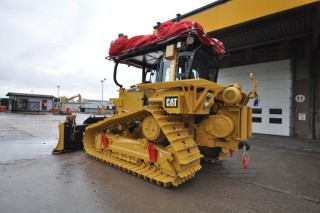
Pierre-Olivier Sauboua from Caterpillar: “We selected the Cat D6N with the expedition team based on their requirements such as machine weight and drawbar pull. Cat had already produced a large number of units working in temperatures as low as -40 degrees, so knew we were able to give Finning engineers a head start. In particular, our design team had completely re-engineered the Cat D6N undercarriage units to keep the tracks rolling in temperatures as low as -55 degrees. This involved the design and manufacture of special low ambient temperature components including rollers, idlers and final drives’ seals.” 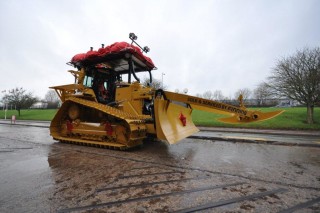
Having shared knowledge with the specialist Caterpillar team, the challenge for Finning was to further modify the units for the coldest ever journey attempted by such a machine. This involved pulling apart every element of the machine, fluids and components to analyse what could be done to ensure performance in harsh conditions and add vital safety measures, all whilst making sure the equipment could be easily and safely maintained in such extreme conditions. The cab on these machines have been specially designed to include full insulation and are fitted with an in-built escape hatch in the roof, this will facilitate a cab evacuation in the event that the machine goes through the ice. 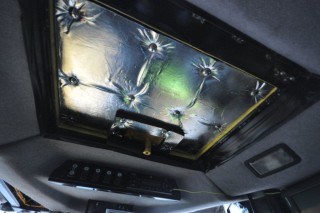
As well as the crevasse boom and insulation package, we covered in part one, the machines also feature a complete central heating system, for the engine and all onboard fluids, a specially designed cooling system air flow package which includes a reversible fan and air flow control hatches. 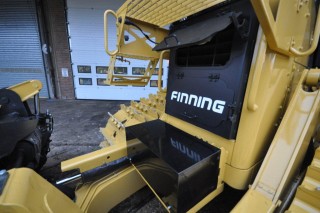

Extended and castellated grouser bars have been fitted on the tracks, which will give the machines extra grip on the snow and ice, there is also the option to fit ice spikes to aid the machines grip even further when climbing blue ice glaciers. 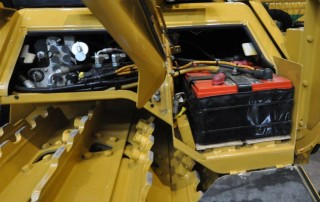
A whole host of electric gizmo’s have been included on the D6N’s including special electric heater pads for the transmission, hydraulic tank and engine sump oils, electric heater jackets for the batteries, engine block electric heater element and a hydraulically driven 20kVA generator set for external powering of the cabooses. A special thermal tent is fixed to the canopy which can be lowered to keep the machine insulated from the cold during stops. 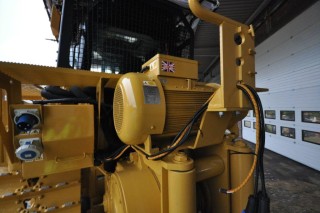
Andy Thomas, Finning Design Engineer, said “This is the ultimate engineering challenge as no machine of this type has ever been exposed to these temperatures and the harsh environment. You have to consider how every single component is going to operate, assess the potential issues to man and machine and create the safest possible solutions. It has certainly been an incredible journey so far.”
Tomorrow the machines will be loaded onto the boat in London at the start of an epic journey, one that the Digger Blog will be keeping a close eye on over the coming months.

